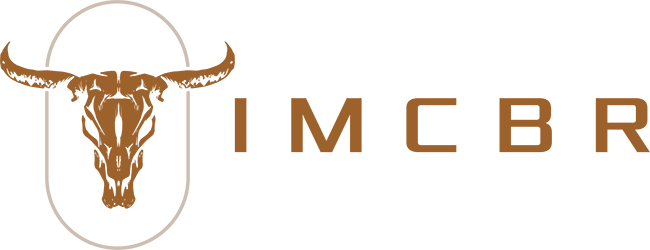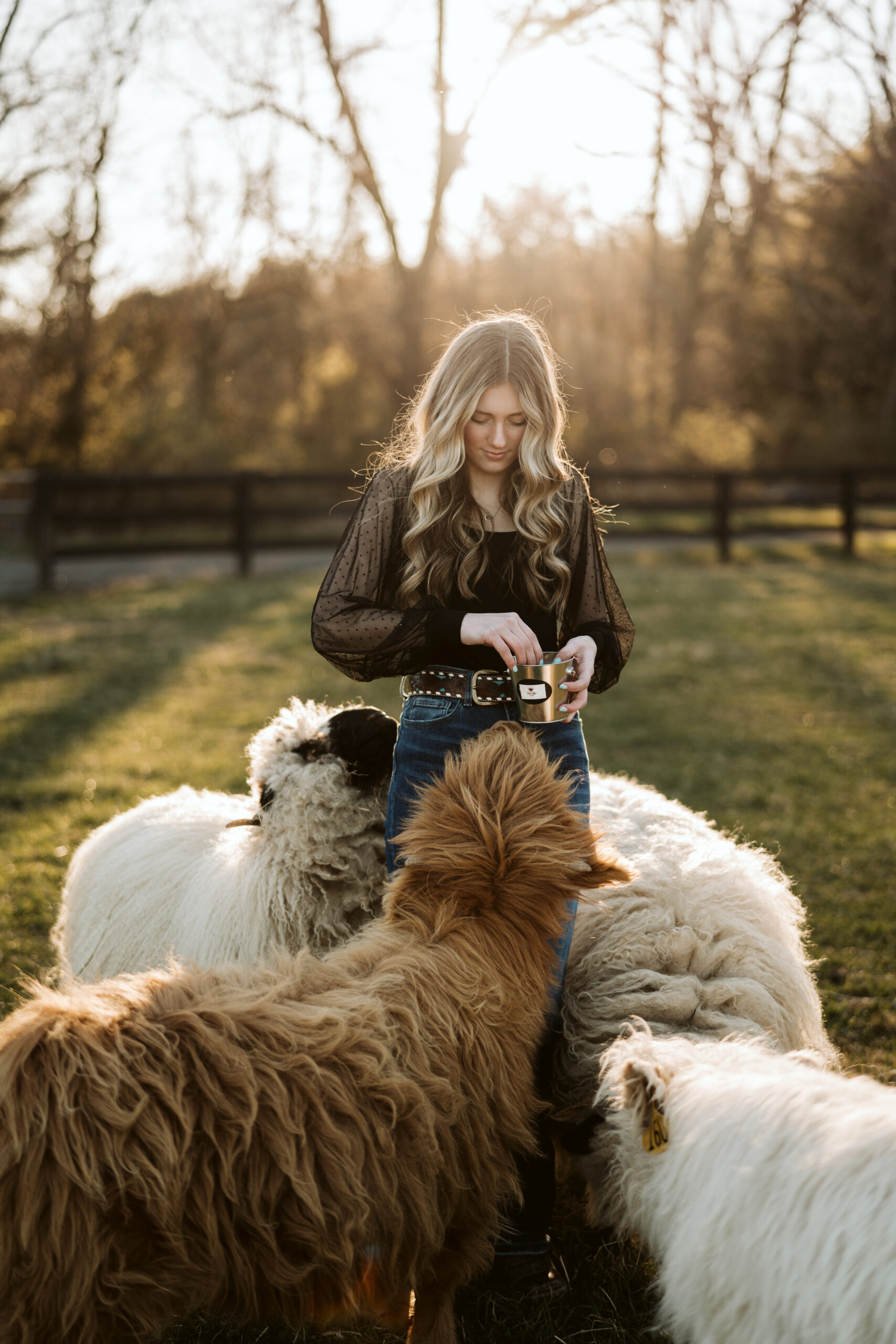How to Socialize a Calf: A Guide for New Farmers
Welcoming a calf onto your farm is an exciting experience! However, to ensure a happy and healthy life for your new addition, socializing your calf is essential. Proper socialization not only helps the calf adapt to its environment but also prepares it for interactions with humans and other animals. Here’s how to effectively socialize your calf for a positive and thriving future.
1. Start Early
Timing is Everything
The first few weeks of a calf’s life are crucial for socialization. Ideally, you should begin handling your calf shortly after birth, as this is when they are most impressionable. Early interactions can lead to a more confident and trusting adult.
2. Create a Calm Environment
Safe Spaces
Calves are naturally curious but can be easily startled. Ensure that their living space is quiet and free of loud noises or sudden movements. A calm environment allows them to explore and acclimate without fear.
3. Gentle Handling
Frequent Interaction
Spend time with your calf daily. Start with gentle handling—petting, brushing, and talking softly. Your goal is to build trust, so be patient and let the calf approach you. Use treats like hay or grain to create positive associations.
4. Introduce New Experiences Gradually
Variety is Key
Introduce your calf to new experiences slowly. This can include exposure to different environments, sounds, and even other animals. Gradual introductions help reduce anxiety and build confidence. For instance, let them hear the sounds of machinery from a distance before moving closer.
5. Encourage Positive Play
Social Learning
If possible, allow your calf to interact with other friendly animals. Play is an excellent way for calves to learn social cues and boundaries. Observing other animals can teach them how to behave and interact more appropriately.
6. Use Positive Reinforcement
Rewards for Good Behavior
Always reward your calf for calm and positive behavior. Whether it’s through treats, gentle praise, or petting, positive reinforcement can significantly improve your calf’s responsiveness to training and socialization.
7. Be Patient
Respect Their Pace
Every calf is different; some may take longer to socialize than others. Be patient and respectful of their comfort level. Pushing too hard can create fear, which can be counterproductive to socialization efforts.
8. Monitor Body Language
Understanding Signals
Pay attention to your calf’s body language. Signs of fear or discomfort include stiffening, vocalizations, or attempting to back away. If you notice these signs, give them space and try again later. Understanding their signals will help you build trust more effectively.
9. Routine is Important
Establish a Schedule
Consistency helps calves feel secure. Establish a routine for feeding, handling, and interactions. This predictability will create a sense of safety for your calf, making them more open to socialization efforts.
10. Seek Guidance if Needed
Don’t Hesitate to Ask for Help
If you’re unsure about your calf’s behavior or socialization progress, consider seeking advice from a veterinarian or an experienced farmer. They can provide insights tailored to your specific situation.
Conclusion
Socializing a calf is a rewarding endeavor that sets the foundation for a strong bond between you and your animal. By starting early, using gentle handling, and fostering a calm environment, you can help your calf grow into a confident, friendly adult. Remember, patience and consistency are key. With your efforts, your calf will thrive in a supportive and social environment, ready to face whatever challenges come their way! Happy farming!



